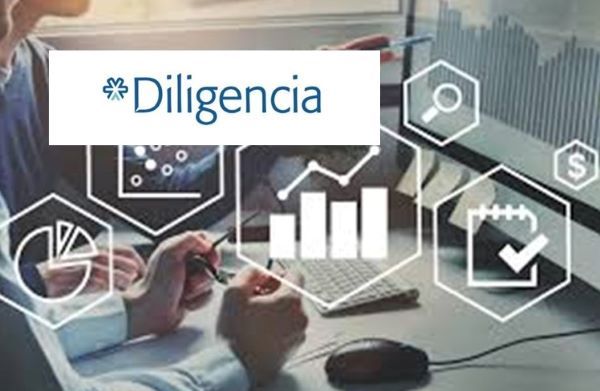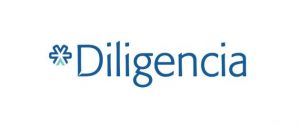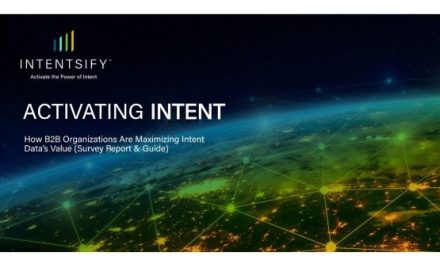BIIA Member Diligencia Publishes Report on Pharmaceuticals in Frontier Markets: Part 1 – IRAN
Whilst the Covid-19 pandemic has focused the world’s attention on the race to develop a vaccine, global pharmaceutical manufacturers have quietly been making plans to expand into the kind of frontier markets in the Middle East & Africa that many mainstream investors would steer well clear of.
In part these initiatives are being driven by external factors such as major political change, the lifting or exemption from sanctions regimes, and governments’ efforts to increase domestic production of medicines while cracking down on parallel imports and counterfeit products. But even without these geo-political influences, the underlying fundamentals of the MEA pharmaceuticals market are attractive, in contrast to more developed markets where growth is stagnating. The region’s rapid urbanisation and improving healthcare infrastructure is creating strong demand for higher standards of treatment – all against the backdrop of acute local needs, not least the diabetes epidemic in the Middle East.
That said, some of the markets being actively explored by global players may surprise some and will require a strong stomach for risk from investors. Over the next month, Diligencia will examine the local pharmaceuticals sector and some of the key local players in four frontier markets: Iran, Sudan, Syria and Libya.
IRAN
Whilst the bulk of Iran’s economy is heavily affected by US sanctions, the pharmaceuticals sector is exempt for humanitarian reasons. This has created an opportunity for global pharma players to enter or expand into a vast consumer market that has been relatively untouched by international trade for decades. In an effort to encourage this trade the EU has designed a mechanism, INSTEX, to ensure that companies are unaffected by any sanctions and the first transaction carried out via INSTEX was for the pharmaceutical industry in Iran earlier this year1.
Regulatory regime – the Iran Food and Drug Administration (IFDA), which is managed by the Ministry of Health and Medical Education, is the main regulator for the pharmaceutical industry in the country and all pharmaceutical importers, manufacturers and distribution companies need to be licenced by IFDA for each specific activity.
Size of market – according to reports published by the IFDA2, the combined turnover of Iran’s pharmaceutical industry was nearly US$5 billion in 2017. During the same year, there were nearly 200 companies in Iran involved in manufacturing pharmaceutical products, nearly 250 companies licenced to import pharma products and over 50 companies involved in the distribution of pharma products.
Key players – industry statistics indicate that 67.8% of market demand was met by local pharmaceutical manufacturers and the remaining (over US$1.5 billion) was imported by 232 Iranian companies. Listed below are the key local manufacturers and importers – many of which have agreements in place with global pharma companies – together with links to their profiles on ClarifiedBy.com.
Outlook – the Iranian government is actively encouraging local pharmaceutical companies to manufacture more. According to Diligencia’s sources, the government is offering incentives and support to local manufacturers or those who are manufacturing international brands of medicine locally under licence. The government has also granted importing licences for companies that plan to produce within the country in the future.
Diligencia provides extensive coverage of the pharmaceutical sector throughout the Middle East & Africa, both in the form of entity data for pharmaceutical companies in each jurisdiction, available via www.ClarifiedBy.com, as well as detailed market insight reports prepared by our expert analysts. Contact ClarifiedBy.com



























